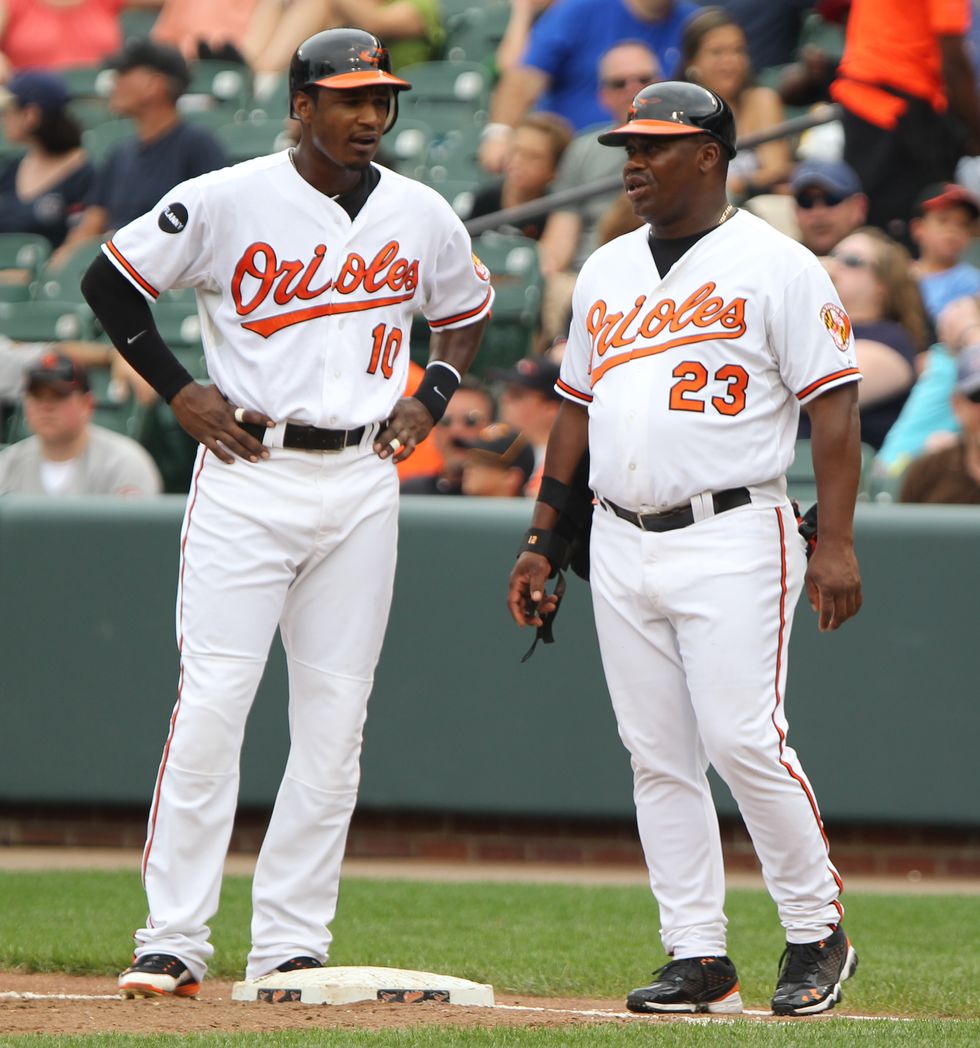The diamond for many generations was more than just bases, sand, and grass but a cultural identifier of being American. However, the “field” is a better interpretation of the economic, cultural and racial injustices that the stained the red stitching of the baseball and the game. Like many things in America, African Americans have been a major contributor to the formation and development of baseball even when they weren’t allowed to contribute to the white man’s beloved game.
Cotton and a baseball have nothing to do with each other, except for the fact that they both were used as a material agenda to colonize the Black body. Cotton, of course, was a major cash crop on plantations during slavery. And baseball, the leisure activity turned lucrative billion dollar industry, once segregated by color [race], one could argue is still systematically segregated by managerial positions, and profited off the business of the Negro Leagues before integration. One may argue that the sport has washed its hands of white supremacy by integrating but for many, the perception of baseball is still a “white” game.
This week I attended a Chicago White Sox's game with my Dad, Uncle, and cousin, all identify as Black. As we saw the batting line-up for the Sox's appear on one of the large screens in the stadium, my family didn't hesitate at identifying many Latino players. A conversation began about the decline of Black players in the game and the increase of Latino players, specifically Dominican. However, I bought a little bit of my knowledge about the intersections of race, culture, and baseball to the table.
Recently, I took a course "Race, Culture & Baseball", where many discussions were about the integration of the MLB, the Negro Leagues, and Afro-Latino identity in the Dominican Republic. From a naked eye, one could argue that the decline of African American participation is evident and the few "Black" bodies represented on the field are majority Latino.
Many African American's believe that the MLB is only interested in developing talent in Latin America instead of predominately African American neighborhoods. However, for many Latino players the choice of playing baseball isn't just simply about playing the sport, but a means of providing for their families due to economic issues.
Both perspectives of the story hold true but the essential question of “is baseball a ‘white’ sport?” is complicated. The MLB integrated in 1947, but the decline in African American and the increase in Dominican and other Latino participation caused speculation.
Dominicans aren’t white but are they “Black”? The complicated question about racial identity is just as confusing for some African Americans as it is for Dominicans, however, phenotypically the similarity of both players is virtually the same of others in the African diaspora.
So the real question isn’t about whether or not baseball a “white” sport, but “why are Afro-Dominican and Latino players ‘othered’ for their Black identity?” African Americans and Dominicans have to acknowledge the diversity within the “Black experience” is different for all, but the intersection of race, culture and baseball could be the catalyst for unpacking the bigger picture and understanding the function of white supremacy at work in Major League Baseball.



 Photo by
Photo by  Photo by
Photo by  Photo by
Photo by 



















